To this point in our Sunday Chess Problem series, we have considered one endgame study and two “direct mates.” While the diagram positions we have considered may have seemed a bit fanciful, we have not yet fiddled with the basic logic of the game itself. Which is to say that even if the position seems bizarre, we still imagine that white and black are simply playing a normal game of chess.
This week we change that up a bit. This will be our first example of the “selfmate” genre. In selfmate problems, white tries to force black to give checkmate in the stipulated number of moves. Black, for his part, tries desperately to avoid giving checkmate. It's a complete inversion of normal chess logic. This week's example should make the basic idea clear.
In the position below, the stipulation is selfmate in two:

This problem was composed by me! It was one of my first published problems and appeared in Chess Life magazine back in 1989, when I was a high school sophomore. The problem was later given a commendation in that year's award.
In addition to providing a clear introduction to the idea of a selfmate, using this problem also allows me to correct a small injustice. The problem was published entirely under my name. However, it was not entirely my own work. The editor of the chess problem column in Chess Life at that time was a fellow named David L. Brown. He was very helpful and supportive of young composers like myself, and he frequently improved our amateurish efforts in significant ways. However, he would never take credit for any of his improvements. The published version of the problem was quite a bit better than what I originally submitted. So, it should have been published as a joint composition between Brown and myself.
Let's get down to business. Recall that white is trying to force black to give checkmate. How is he going to do that? Well, there are really only two ways. One possibility is that we create a situation in which black has just a small number of legal moves, all of which happen to give checkmate. In the given position black has so many mobile units that that approach will not work.
So we go to Plan B. That is where we put black in check, but in such a way that when black gets out of the check he is forced to give checkmate. Perhaps we can make that work. The key move is 1. Qb5:
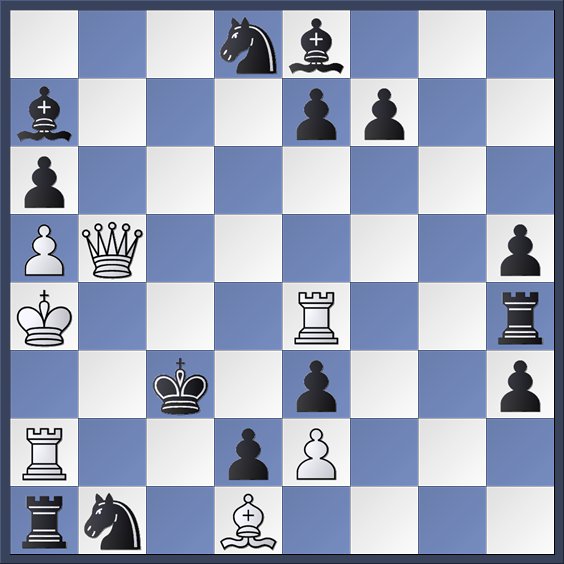
This moves introduces the threat of 2. Rc4+, which black can answer only with 2. ... Rxc4 mate:

Notice that white is checkmated, since his queen is pinned. Yes, in the wonderful world of selfmates, this constitutes a threat!
Black has several defenses. Of course, he could simply take the queen with 1. ... axb5 or 1. ... Bxb5. But each of those moves give checkmate, which is precisely what black is trying to avoid. So he must try something else.
One possibility is 1. ... Nc6:
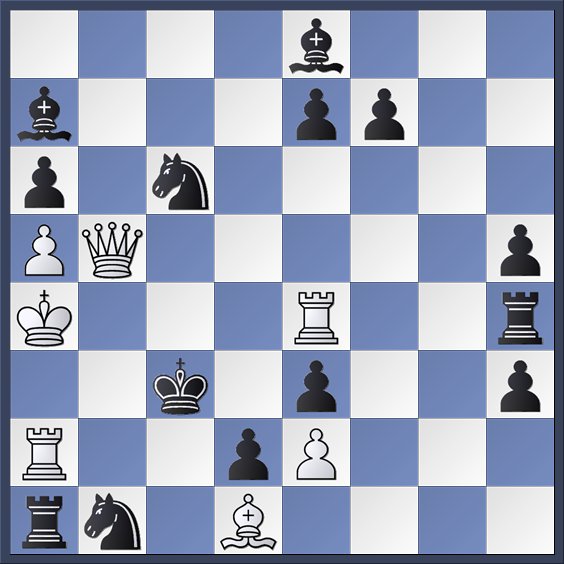
This defeats the threat by unpinning the white queen. If white tries 2. Rc4+ anyway, he will find that he is not checkmated after 2. ... Rxc4, because he will now be able to play queen takes rook. But white has a different answer! He can use his unpinned queen to his own advantage by playing 2. Qb4+. Black must get out of the check, and his only way to do so is with 2. ... Nxb4 mate:

Black's defense unpinned the queen, which then moved so as to force the unpinning piece to move again. We shall see this motif twice more.
Black can also defend with 1. ... Bd4:
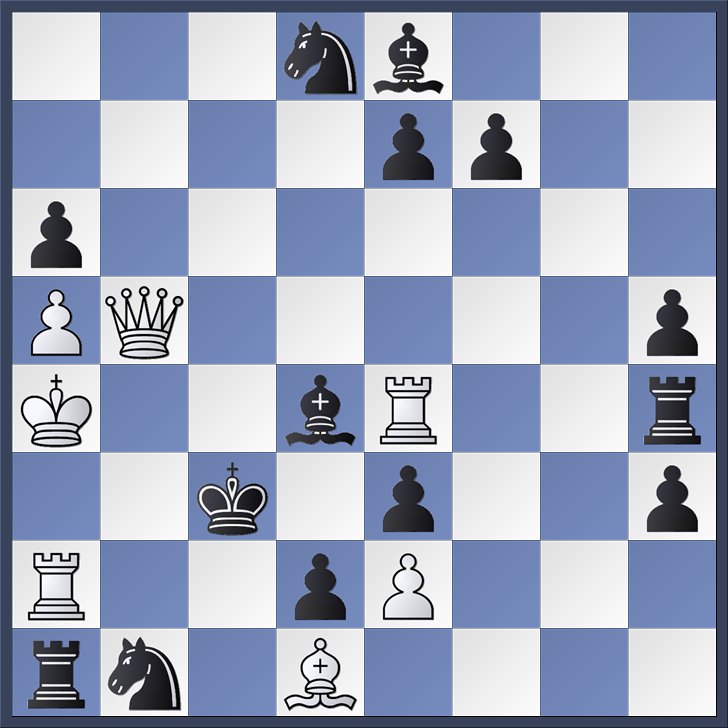
This defeats the threat by blocking the white rook. But it also unpins the white rook, allowing 2. Rxe3+ Bxe3 mate:

Another defense is 1. ... Na3:
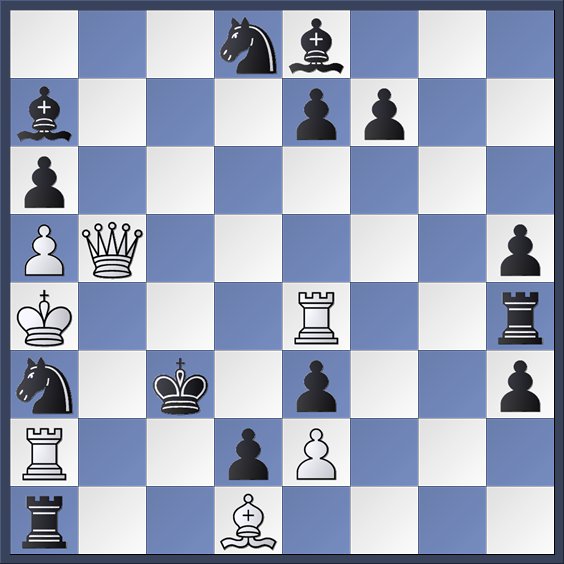
This defeats the threat by putting another defender on c4. If white tries 2. Rc4+ now, he will find that black can simply play 2. ... Nxc4, which is not checkmate. By now, though, you know what to look for. Black's defense unpins the white rook on a2 and allows 2. Rc2+ Nxc2 mate:
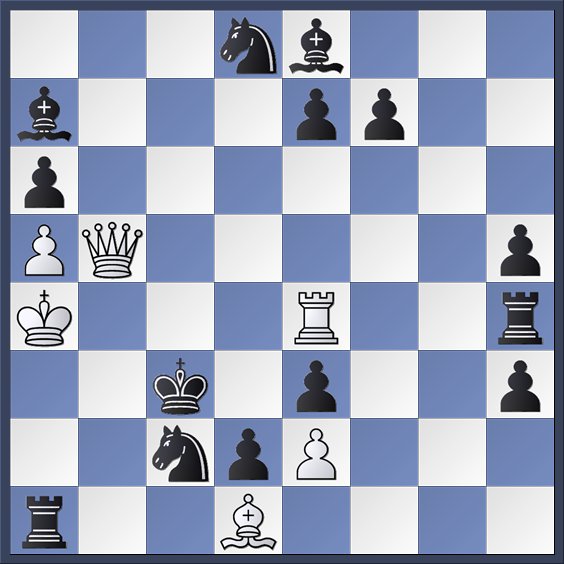
Very nice! Since black seems to be out of options, we conclude that white has realized his goal to be checkmated in no more than two moves from the starting position.
Notice that the three main variations are thematically related. They all illustrate the same idea. In defending against a threat black unpins a white piece. The unpinned white piece then forces the unpinner to move again, thereby discovering checkmate. This is known as the Dentist theme, on the grounds that we are extracting the unpinning piece from his new line. There are many selfmates showing this idea, but we shall stop here for today.

Again, quite nice! And again, a term I've never come across before -- "Dentist Theme". And, since I don't know if it's been disproved, perhaps the high rate of dentist suicides wraps up the thematic exploration of self infliction. And, help or no help, a demonstration of enviable mental discipline for a 15-year old.
Would not a faster win for white be to announce that he resigns on his first move?
Seriously though, I wonder if you could play a game with the self-mate objective? My initial guess would be that a beginner could draw Carlsen easily but I am not sure if it is true.
"the self-mate objective"
The drawing rate would be very high, I think, due to both players accepting a risk-averse strategy. This is more likely to succeed as self-mate is much harder than mate.
Bill McNeal--
Glad you liked it. I have a two more selfmates lined up for the next two weeks, so stay tuned.
Jr and MNb--
I think MNb is right that it wouldn't be very interesting to play with selfmate as the goal. On the other hand, have a look
at this. Scroll down to item 4003.
The score of the game mentioned at the link is available here.
Jason-
That is interesting.
I like self-mate problems, a nice change of thinking from ordinary chess.